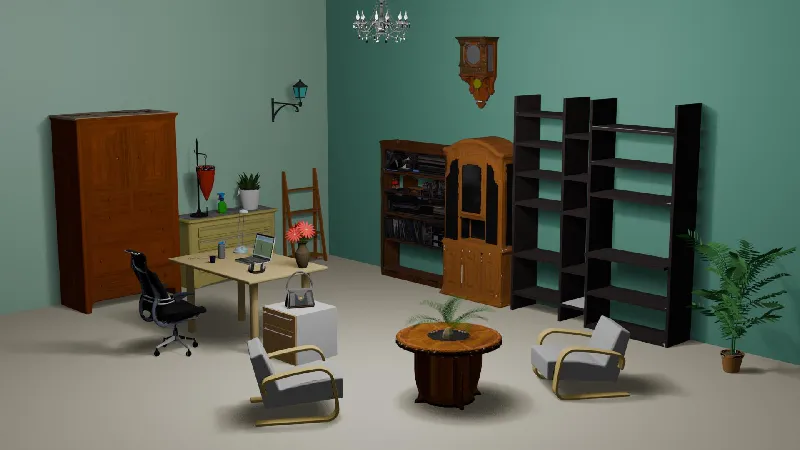Transforming 3D Asset Creation: The Breakthrough of PhysX in Physical-Grounded Modeling

The field of 3D modeling has taken a significant leap forward with new research from a team at Nanyang Technological University and Shanghai AI Lab, as highlighted in their latest paper on PhysX: Physical-Grounded 3D Asset Generation. This research introduces a novel end-to-end approach for creating physically grounded 3D assets, addressing a critical gap in existing 3D generation methods that often prioritize geometry and textures over the essential physical properties of objects.
Why Physical Properties Matter
As the applications of 3D assets broaden, especially in robotics and simulation environments, the need for accurately modeled physical characteristics has never been greater. Traditional 3D modeling techniques typically focus on the aesthetics—how things look on screen—while neglecting how they behave in the real world. The PhysX project challenges this limitation by integrating five foundational dimensions: absolute scale, material properties, affordances, kinematic data, and function descriptions. This comprehensive approach ensures that generated assets not only look good but also behave realistically when used in physical interactions.
The PhysXNet Dataset
The cornerstone of this research is the PhysXNet, touted as the first extensive physics-grounded 3D dataset. This dataset features over 26,000 richly annotated 3D objects, filling a gap by providing necessary physical descriptors that have been historically scarce in 3D modeling datasets. The PhysXNet includes specific information about each object's material composition, motion capabilities, and how it should interact within its environment. This detailed breakdown not only enhances the realism of 3D models but also expands their usability across various domains.
A Human-in-the-Loop Annotation Pipeline
The paper also unveils a highly efficient annotation pipeline that employs human oversight in the labeling process. This pipeline integrates automated vision-language models with expert checks, ensuring high-quality annotations even for complex kinematic behaviors and material characteristics. This fusion of technology and human expertise enables rapid and scalable production of physics-enabled 3D assets, setting a new standard for future datasets and research efforts.
Innovative Generation: The PhysXGen Model
At the heart of the PhysX framework lies PhysXGen, a feed-forward model designed to generate 3D assets rich in physical traits. This model leverages a dual-branch architecture to connect geometric structure with physical properties, ensuring that the generated assets not only fulfill aesthetic requirements but also offer realistic behavioral predictions. Through extensive testing, PhysXGen has demonstrated superior performance in generating robust, quality assets that adhere to the principles of physics.
The Future of 3D Asset Generation
The implications of this research are vast, suggesting new directions for fields such as robotic manipulation, virtual reality, and simulation training. By working towards a future where 3D assets are deeply integrated with physical properties, the PhysX research team opens up paths for innovations in embodied AI applications, enhancing interactions between humans and machines, and enriching user experiences in virtual spaces.
As the landscape of 3D modeling continues to evolve, the efforts by Cao, Chen, Pan, and Liu not only pave the way for more intuitive and realistic models but also highlight the importance of understanding and applying physical principles in digital realms. The complete framework of PhysX, alongside the comprehensive PhysXNet dataset, stands as a significant achievement for the research community, marking a major stride in the journey towards realistic 3D asset generation.